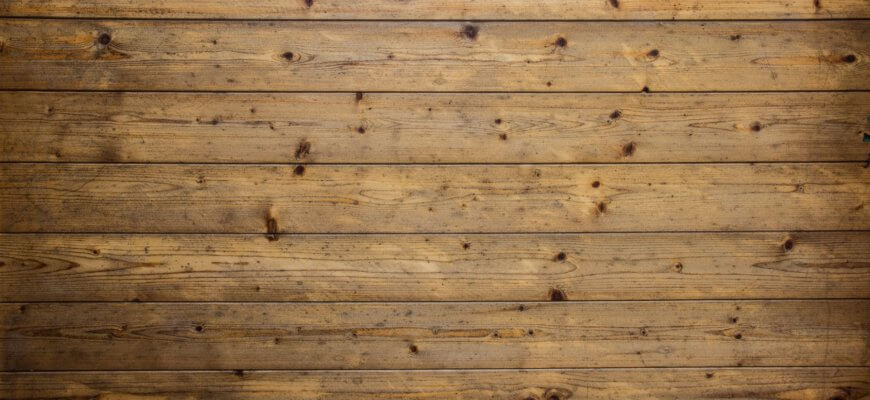Today I have the honour to introduce our new theme session and write the editorial for the next four weeks, which are going to be all about: WOOD.
I am very excited about this theme session. All our previous theme sessions (LIGHT, ICE, SURFACES) had a physical background. Even if not all of our articles dealt with the pure physics behind the topics, WOOD will be our very first session originating in biology! I am looking forward to diving into the world of a truly natural material which has become such an important part of our world.
In this introductory article I would like to give you some background information and advertise our upcoming articles. In case you have questions about this topic (maybe also during the next weeks with more articles being published) please do not hesitate to put them in the comments, so we can try to answer them for all our readers.

The beauty of wood
Let’s start with a very basic question: What is wood?
The term wood describes the secondary xylem of plants, produced by the cambium in vascular bundle during secondary growth.
Vascular bundles consist of xylem and phloem and are running along the plant axis to transport water and minerals to the photosynthetic active tissues (this takes place in the xylem) and assimilated sugars, the product of photosynthesis, to the plant body (this transport happens in the phloem). When a plant gets older it grows not only in height, but also in width. You might know the annual rings of transversally cut tree stems. Every annual ring represents one year in which the plant has grown. But how does the plant manage to get thicker every year? In between the phloem and xylem lies the cambium (you can find a nice overview picture of a vascular bundle here). This is a layer of cells capable to divide and form secondary xylem and secondary phloem. Due to this, vascular bundle gets thicker every year by an additional layer of secondary xylem and phloem. This ensure mechanical stability and transport of water, minerals and nutrients in the continuously growing plant body [1].
What does wood consist of (structure & material)?
Structurally, secondary xylem consists of vessels and tracheids – responsible for the vascular transport – as well as sclerenchymatic fibres, providing structural support. But let’s get one hierarchical level down and try to find out, what is really responsible for the mechanical properties of wood: its cells – or better: the cell walls. Those contain cellulose (microfibrils with high tensile strength), lignin (the matrix, in which cellulose fibres are embedded) and hemicellulose. The cell wall of woody cells is layered – and every layer consists of those three components in different compositions and arrangements. For example: the angles of the microfibril vary, depending on the specific mechanical requirements of the wood. As long as the wood is alive, those cells are adaptive and can react to changing conditions via altering their chemistry or structure [2].
Why is wood so important for us?
Wood is an amazing building material – it is lightweight, highly stable and load-bearing, a sustainable resource (if used responsibly) and has insulating properties, due to a comparably low heat conductivity. Due to is anisotropic material properties (meaning that properties are directional) it can be used very specifically for complex loading situation (for example, if some areas are mostly compressed and others loaded under tension). Wood is also an essential energy resource. Not only does it keep your bonfire alive, it is also the base for important energy sources such as wood pellets or charcoal. Can you imagine your life without paper? Look around your flat and try to think of it without any wooden furniture. Can you think of more aspects of your daily life, in which wood is essential?

House made of timber
What is awaiting you in the next weeks?
Without spoiling surprises, I would like to briefly mention some topics of our theme session, coming up in the next week:
In wood, vessels – or tracheas – are responsible for the transport of water and minerals from the roots to the photosynthetic tissues. They are fascinating structures with sophisticated mechanisms to ‚pump‘ (?) water upwards over huge distances and supply the whole plant. You can look forward to learning more about the structure and function of tracheas in one article in the next months.
Besides using wood as building material, processed woody fibres serve as raw material for fabricating new types of fibrous material with different (and even better?) properties. In the course of the next weeks you will learn more about fabrication and function of these types of fibres.
Certainly, wood is highly important for plants to support their dead load when they grow higher. But is it maybe also possible to get big without it? There are some plants which are not capable of producing wood and can still become very tall. But how is that possible? I am going to introduce you to the biomechanics of the papaya, which can become ‚a tree without wood‘.
What are your experiences with wood? Are you a lumberjack? Did you ever make something out of wood yourself? Is there something you always wanted to know about our theme? We are looking forward to answer your questions and discuss with you!
References
[1] Campbell, N. A., Reece, J. B. and Markl, Jürgen (eds) [2006] Biologie (6th edition) Munich, Pearson Studium [2] United States Department of Agriculture, Forest Service, Forest Products, Laboratory General Technical Report FPL-GTR-190 [2010] Wood Handbook – Wood as Engineering Material (Centennial Edition) Madison, Wisconsin



Nice blog! Very helpful .Here’s a site that helped me build all kinds of stuff with this
woodworking dvd course, you can do the same, see for yourself: https://bit.ly/MasterYourWood